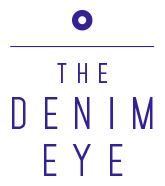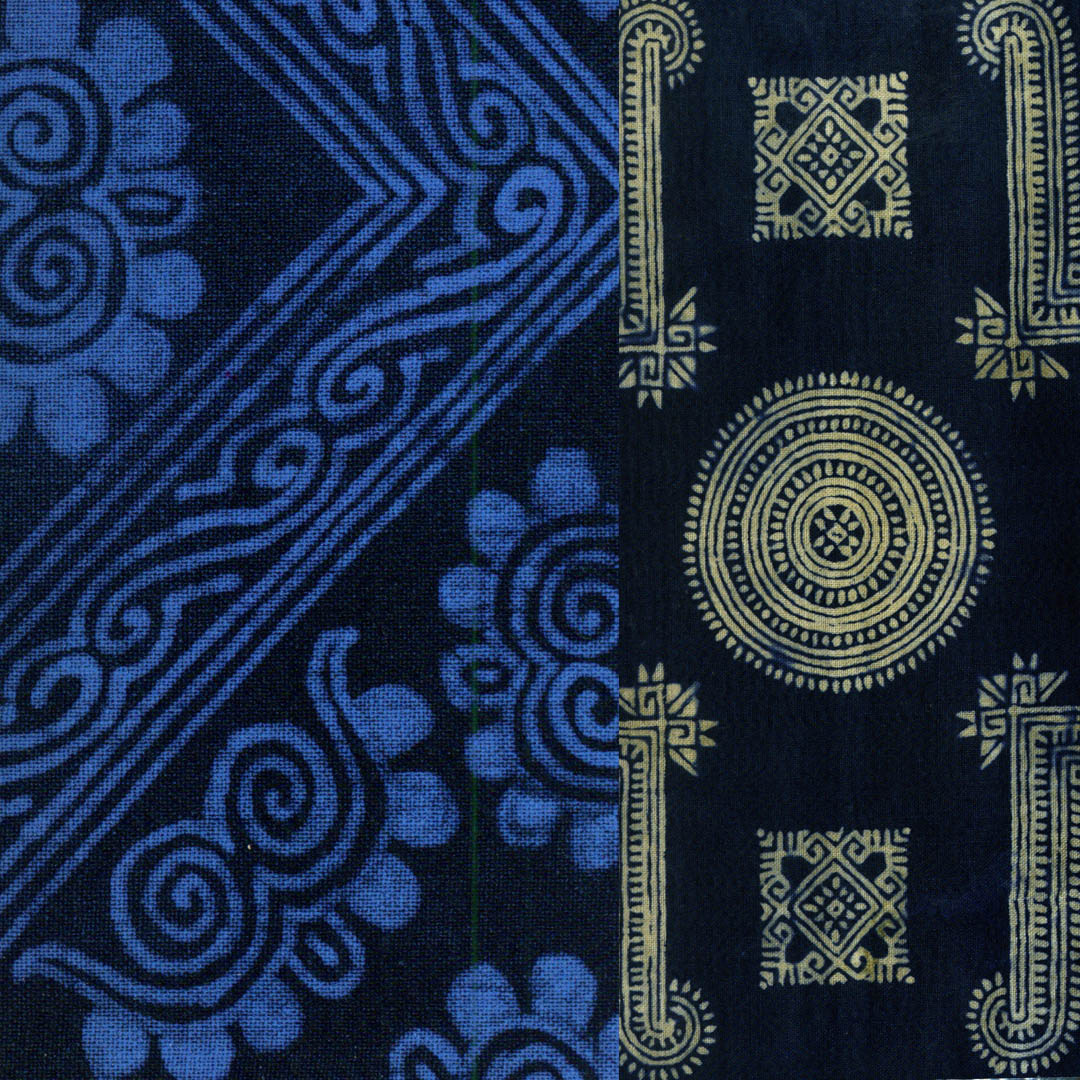In centuries past when hand spinning, hand dyeing and hand painting onto textiles was all part of the clothing process traditional decoration also played a big part. It was a way in which the local creative culture was expressed. Traditional motifs were repeated time and again as "stories" on various parts of the garment. Such motifs all had their different meanings and significance with the provenance of the garment being identifiable by its hand drawn motifs. India, China, Africa, Indonesia, Thailand, Japan, Vietnam, Central America all had motifs specifically recognisable to their country and region.
Tie dye was and still is traditionally mostly Indonesian, Japanese and Chinese. Although as a hand craft it is taught today in some Western Schools. However the originals created by skilled artists are superior in both technique and complexity. Such craft artists are able to achieve the most intricate patterns layer upon layer. These skills were handed down the generations such that the resultant fabrics can now command immense prices.
Hand drawing onto fabric using indigo paste was likewise done by tribal artists of great skill. Motifs were naif and charming. Some were merely decorative and some had greater cultural significance.
Batik is an Indo Chinese art and craft still practised today and immensely popular but very little is achieved in pure indigo as indigo washes down and out too quickly and is costly to produce.
The craft of batik is created using hot wax for the drawing after which the cloth is dyed. The dye is resisted by the wax which, when the cloth is washed the wax dissolves leaving the pattern as the base colour. This of course can be repeated using different shades of overdye such that a multi level pattern is achieved. Today it is multicoloured using non natural dyes. The Indigo examples from previous centuries have a simple intricate beauty the motifs of which tell a multitude of stories. They of course are collectors pieces.
Block printing with indigo, and of course other natural dyes, being another simple craft which when combined with Batik achieves a rich combination of patterns where it is the shade that unites - in this case the rich blue of indigo. It is interesting to see the traditional motifs used in both building decoration as well as to adorn the body in textiles.
There is something very special about hand crafted decorated textiles in mono colour, particularly blue. Blue being a dominant shade for decoration dominant in every country in the near and far east because of the tradition of indigo dyeing. Juxtapositions of Block print and batik patterns are timeless.





